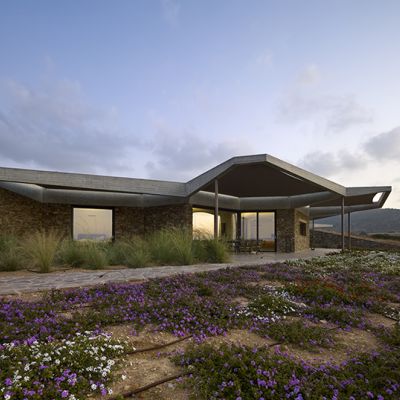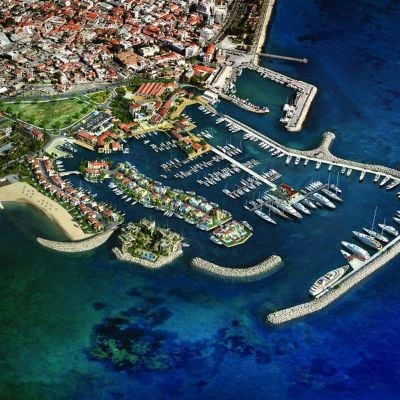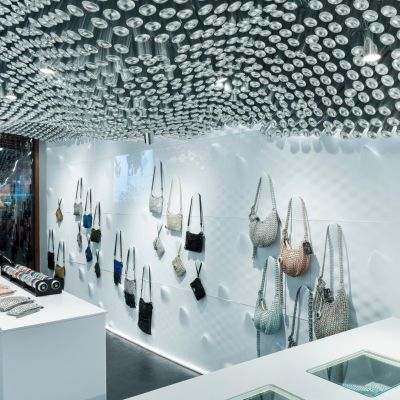Venetian Treasure
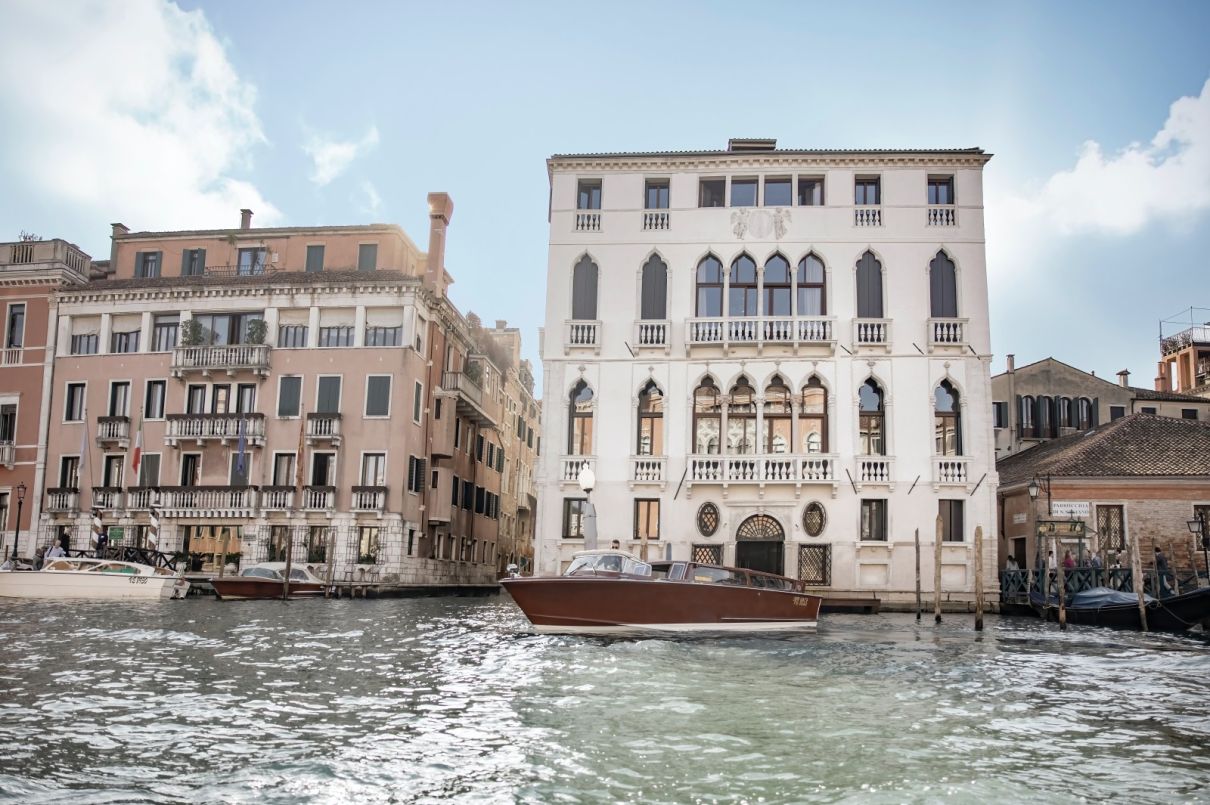
Two Italian architects and a luxury hotel group breathe life into a 15th century palazzo on the Grand Canal.
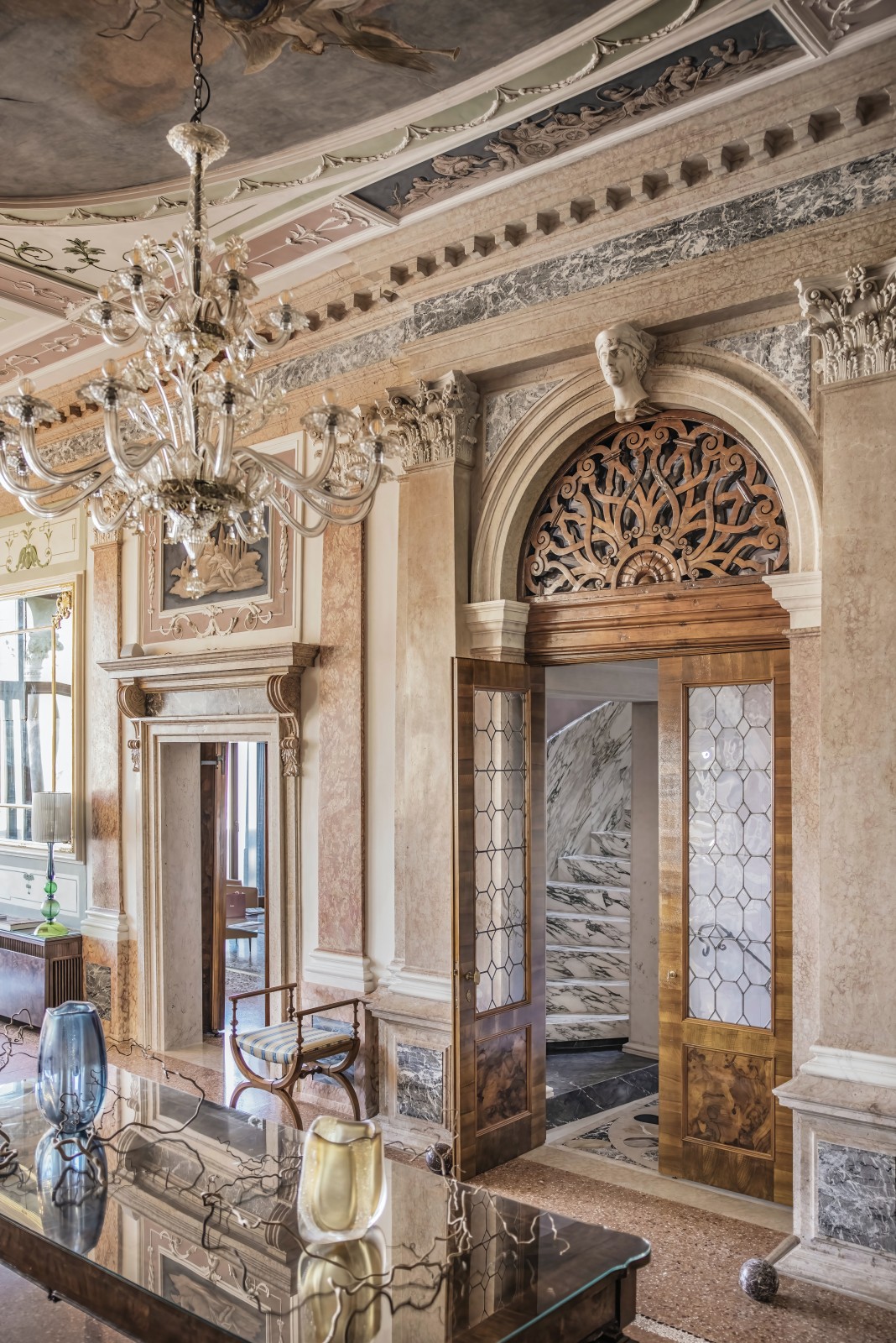
Palazzo Garzoni is one of Venice’s living treasures. Set on the Grand Canal, the 15th century building boasts a magnificent gothic façade with beautiful Renaissance windows.
Named after the Garzoni family, which arrived in Bologna in 1289, the historical monument was in poor shape when architects Giusi Vitale and Alessandro Golfetto visited it in 2017.
Bought by luxury hospitality group Almae, the palazzo had lost most of its grandeur. “The building had undergone several major transformations. First, two floors had been added in the 17th century. Then, in the 19th century, the family’s two distinct branches decided to split the palazzo in half, creating two separate entrances and staircases; they also changed the circulation inside the palazzo, added marble doors and kept only the central part of the majestic l-shaped grand salon on the piano nobile,” says Vitale.
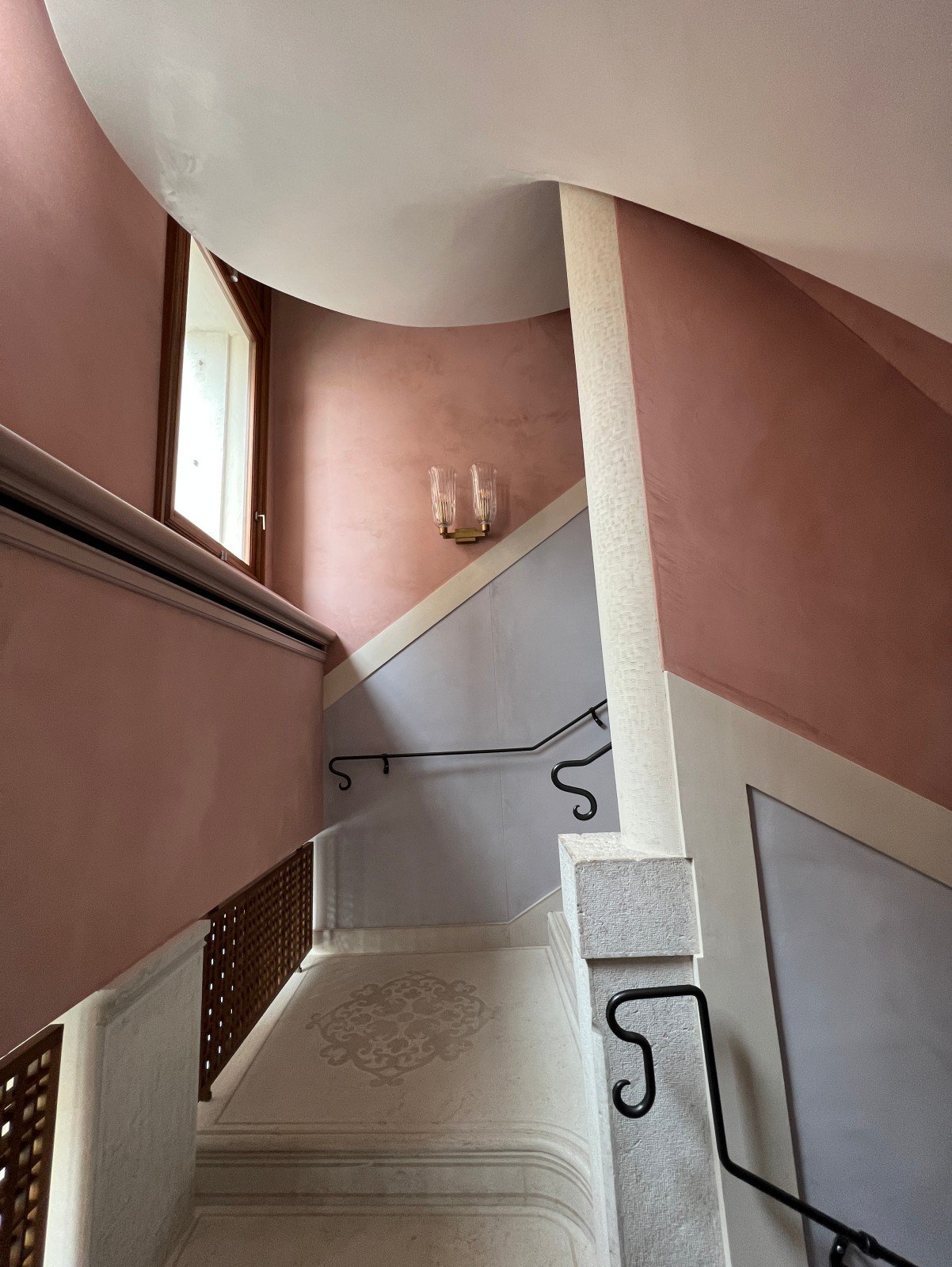
But a mid-century transformation remained the most devastating. Taken over by the Ca’ Foscari University in the 1970s, the building had to comply with fire standards, which required building large, utilitarian staircases. The Renaissance volumes were also cut in pieces to welcome many identical white boxes, all measuring 5m by 5m.
“There were no more visual references, it all looked the same,” says Vitale. “We demolished 8 to 9cm-thick plaster walls and started cleaning up the volumes to go back in time. We were sad to read that, in the 1960s, the palazzo was still rich with stucco and decorative murals. None of which had been spared by the university.”
Yet, the story of the Palazzo’s revival is fascinating and the result simply mesmerising. The two architects were given carte blanche to renovate Palazzo Garzoni and in three years, they brought its grandeur back to life.
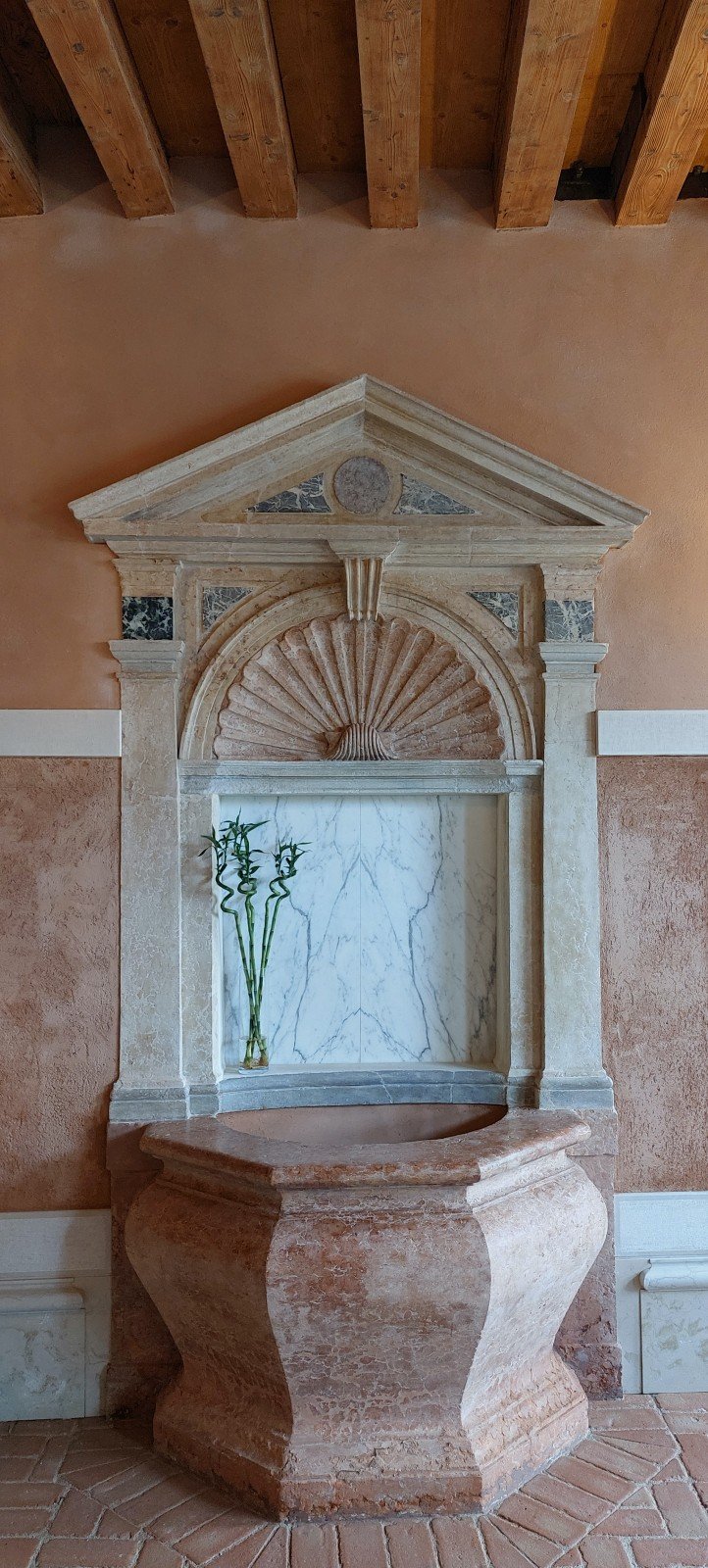
“We love being on building sites. For us, studying them and learning in situ are the best ways to find optimal solutions. Our philosophy is quite simple: being a good architect means being attentive to the building, resourceful and not making any bold architectural statements. It has nothing to do with money, and all to do with the architect’s capacity to adapt along the way,” says Vitale.
The duo fought to respect the very nature of the historical building. They embraced anything Venetian like the aqua alta, which they considered to be a natural dialogue between Venice and the sea. “The sound of the water has been part of the daily life inside palazzos for centuries. Some consistently try to heavily cement entrances to keep the water from flowing in but we opted for the opposite. We created a marble base that welcomes water as it rises. It’s as if the building itself leaned towards the recurrent aqua alta episodes. We also used natural materials such as thick layers of rough lime that create a natural ventilation inside the walls,” adds Vitale, proud to have collaborated with up to 104 different entrepreneurs and master-craftsmen on the building site.
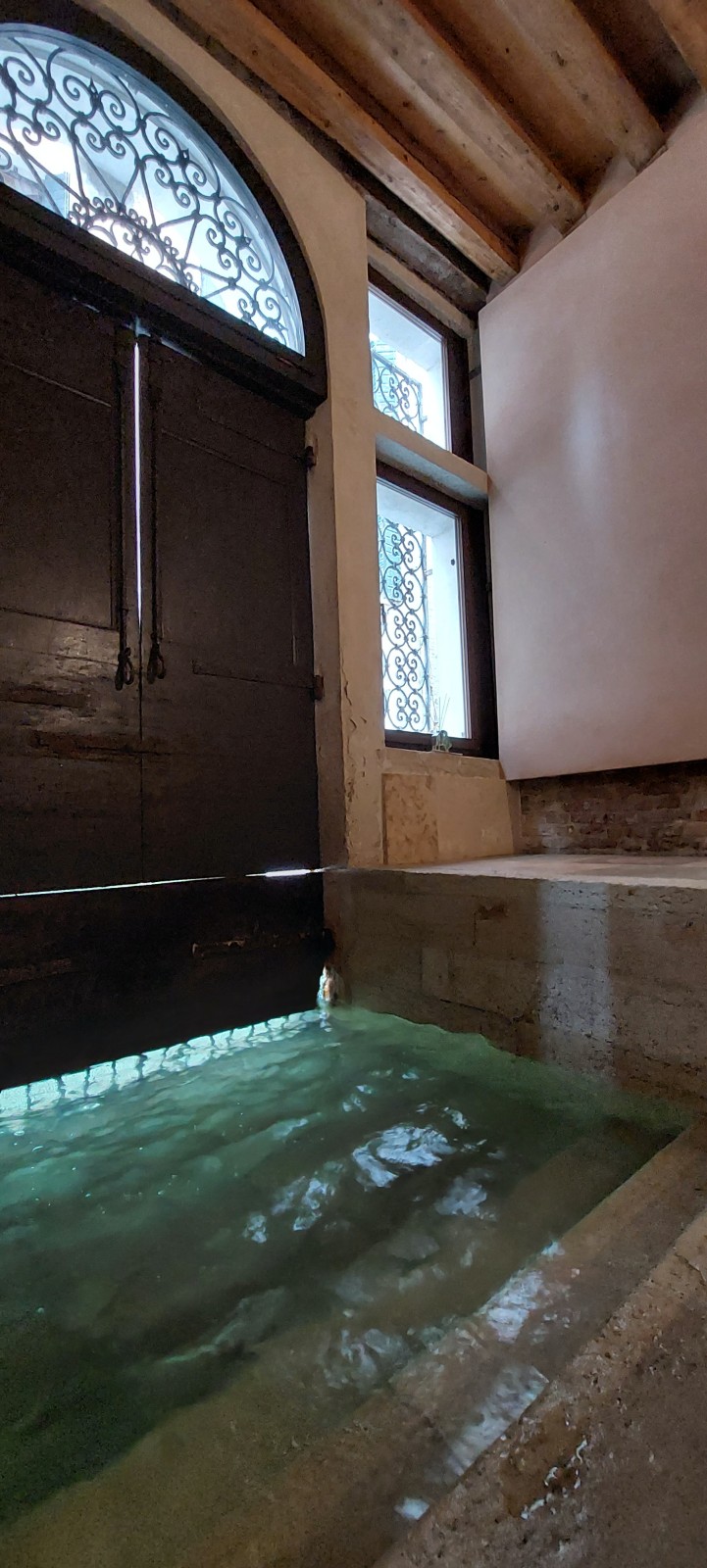
Sometimes, the architects resorted to imagining contemporary elements such as a stark, metallic open kitchen or a steep, sculptural white-marble staircase coiled inside a towering space. “The former staircase was so dull and the space available so tight that we reverted to creating a dramatic impression,” says Vitale.
Today, Palazzo Garzoni welcomes guests in its historical apartments and in modern studios, complete with a terrace overlooking the adjacent street. If going back in time isn’t possible, entering Palazzo Garzoni from the Grand Canal and witnessing its regained elegance is one of the best ways to reconnect with Venice’s rich history.
almae-collection.com/en/palazzo-garzoni





